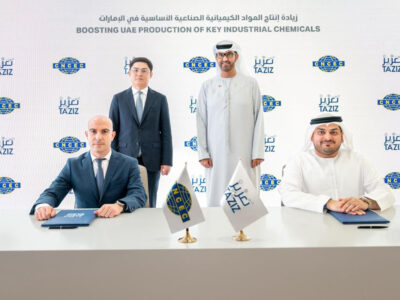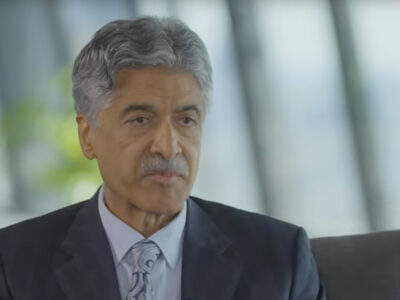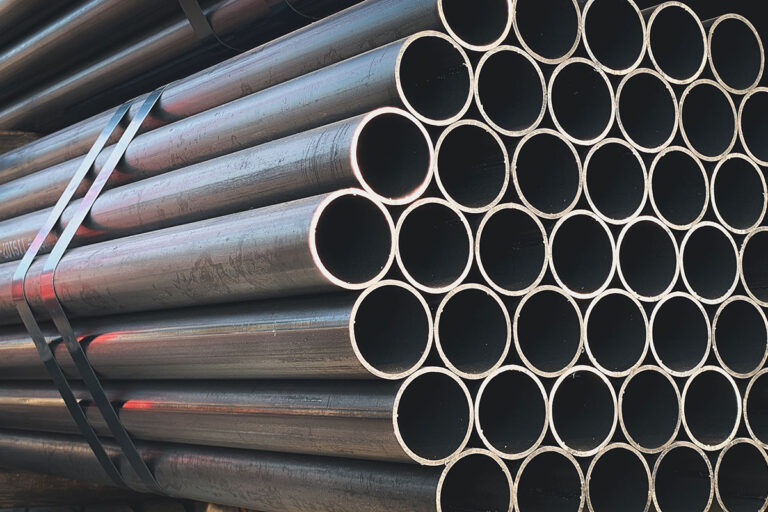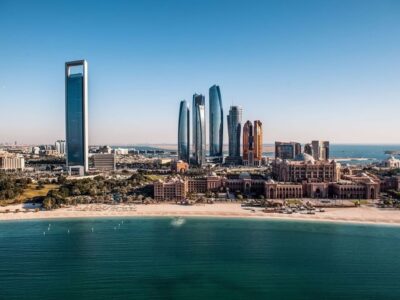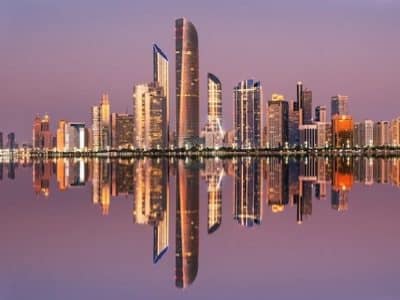Oman is emerging as one of the most promising global hubs for green iron and steel, supported by its renewable energy capacity, expanding hydrogen sector and well-developed industrial base, according to new research by the Institute for Energy Economics and Financial Analysis (IEEFA).
The report, Oman at the frontline of the green steel transition, highlights how the country’s combination of natural advantages and strategic planning is positioning it to capitalise on the decarbonisation of heavy industry.
Soroush Basirat, Energy Finance Analyst for Global Steel at IEEFA and author of the study, said Oman’s existing infrastructure gives it a head start in producing low-emission iron and steel. “Oman is one of the few nations in the Middle East and North Africa region with an integrated steelmaking supply chain,” said Basirat. “Having this established industrial base gives it a solid foundation for transitioning towards low-emission iron and steel production – and ultimately green iron and steel.”
Oman’s steel industry already includes facilities for iron ore concentration, pelletising, direct reduction and electric arc furnaces. The country’s next step is to transition from gas-based direct reduced iron (DRI) production, which is emissions-intensive, to green hydrogen as its main input. Without this shift, new projects will not qualify for the growing green premium in global markets.
The report says Oman’s abundant solar and wind resources could supply low-cost renewable power for both steelmaking and hydrogen production. The country’s national hydrogen strategy aims to produce up to 1.5 million tonnes of green hydrogen annually by 2030, with the steel sector expected to be a key customer.
In addition to its energy potential, Oman benefits from large areas of land available for industrial development and a strategic coastal location that enables access to major export markets in Europe and Asia. The government’s Oman Vision 2040 strategy, which targets a non-oil GDP share above 90 per cent, also provides strong policy support for diversification and industrial decarbonisation.
Oman’s established players, including Jindal Group and Vale, are now being joined by new entrants such as Meranti Green Steel, Mitsui, Kobe Steel and ACME Group. These companies are developing next-generation DRI plants designed to run on a mix of gas and hydrogen from inception, with plans to increase hydrogen use over time.
“Oman stands at a pivotal moment,” said Basirat. “With the potential to supply green iron to markets such as the EU cost-competitively, the country holds a significant advantage over other producers. It is well-positioned to lead the shift to green iron and steel as it is managing the transition in a highly structured way.”
